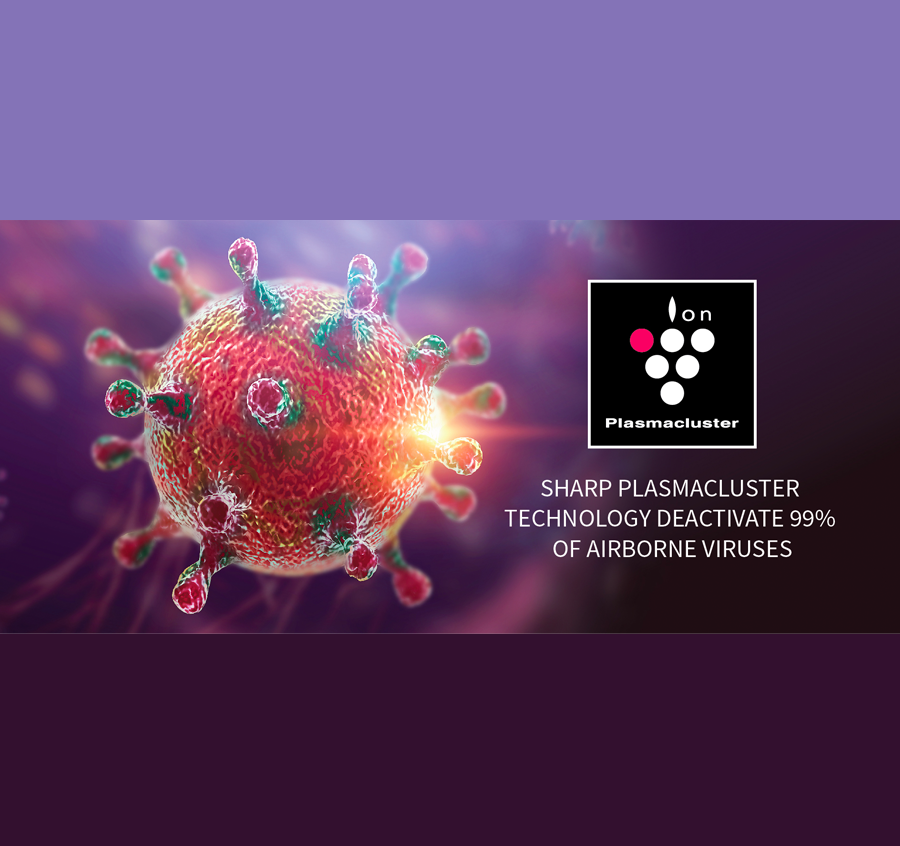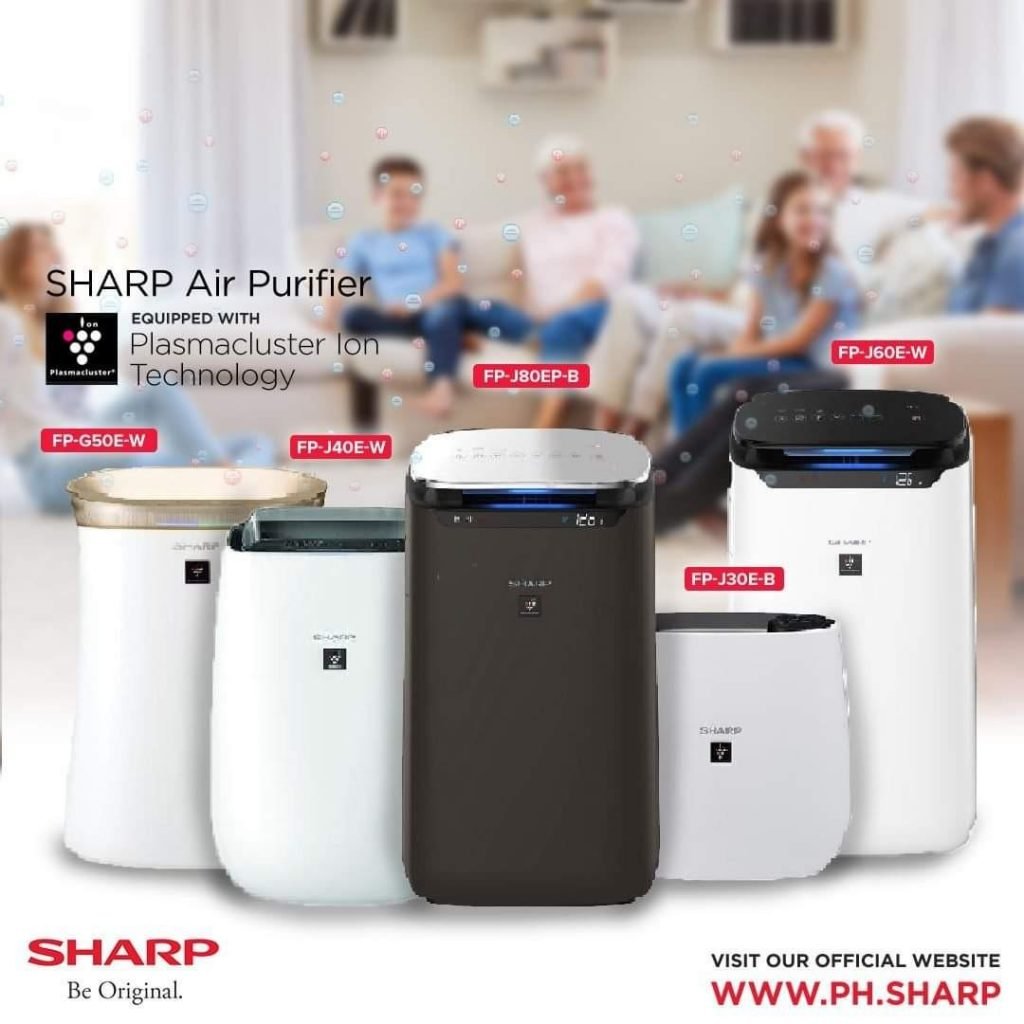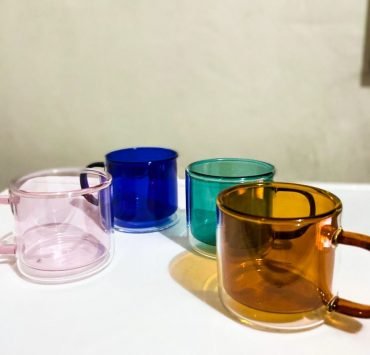How exactly does Plasmacluster technology work against SARS-CoV-2

In a world first, Sharp Corporation developed a device equipped with Plasmacluster technology, which exposed an airborne novel coronavirus (SARS-CoV-2) to Plasmacluster ions for approximately 30 seconds, and demonstrated that the virus infectious titer was reduced more than 90%.
This achievement was accomplished in collaboration with Professor Jiro Yasuda of the National Research Center for the Control and Prevention of Infectious Diseases/Institute of Tropical Medicine, Nagasaki University, Professor Asuka Nanbo (a Board member of the Japanese Society for Virology) of the same institution, and Professor Hironori Yoshiyama of the Department of Microbiology, Shimane University Faculty of Medicine (also a Board member of the Japanese Society for Virology), and in cooperation with Nagasaki University, an internationally respected authority on infectious disease research.

Sharp Plasmacluster technology against SARS-CoV-2
In December 2019, an outbreak of “Coronavirus disease 2019 (COVID-19)” caused by a novel coronavirus (SARS-CoV-2) was reported, and by August 2020, more than 25 million people have been infected with SARS-CoV-2 and more than 840,000 individuals died of this infectious disease in a world. This outbreak represents an urgent problem facing society and demands that immediate countermeasures be taken across a wide range of fields.
In 2004, Sharp demonstrated the effectiveness of Plasmacluster technology against feline (cat) coronavirus, a member of the Coronaviridae family. In the following year, 2005, Sharp also demonstrated its effectiveness against the original SARS coronavirus (SARS-CoV), which caused the outbreak (2002-2003) and genetically similar to the novel coronavirus (SARS-CoV-2). Meanwhile, Sharp has demonstrated its effectiveness against SARS-CoV-2 in airborne droplets.
The effectiveness of Plasmacluster technology
Since 2000, Sharp has promoted academic marketing to demonstrate the effectiveness of Plasmacluster technology, working in collaboration with independent third-party research organizations around the world. Thus far, numerous independent research organizations have proven its clinical efficacy in suppressing the activity of harmful substances including new pandemic influenza viruses, drug-resistant bacteria, and mite allergens, as well as in reducing bronchial inflammation levels in children with asthma. At the same time, the safety of Plasmacluster ions has also been confirmed. In fact, Sharp will continue to contribute to society by conducting a wide range of studies demonstrating the effectiveness of Plasmacluster technology.
Comments from Dr. Jiro Yasuda, Professor, National Research Center for the Control and Prevention of Infectious Diseases, Nagasaki University
Disinfectants such as alcohol and detergents (surfactants) are well-known to be effective to reduce the risk of the virus on materials, however, for infection via aerosols (microdroplets), there are few effective countermeasures such as a mask.
Here, effective inactivation of SARS-CoV-2 in airborne droplets by Plasmacluster technology was demonstrated. It would be expected that it is useful to reduce the risk of infection in real spaces including office, home, medical facilities, and vehicles.
- Severe Acute Respiratory Syndrome Coronavirus 2 (SARS-CoV-2): The strain of coronavirus that causes coronavirus disease 2019 (COVID-19).
- In ion-emission air purification technologies (as of September 7, 2020; based on Sharp research).
- Calculated by dividing the test space volume by the flow recovery rate, assuming that the aerosol containing the virus is passing through space at a constant speed.
- Number of infectious viruses
- Based on data from Johns Hopkins University (as of August 31, 2020).
- Announced on July 27, 2004.
- Severe acute respiratory syndrome-related coronavirus: The species and its viruses – a statement of the Coronavirus Study Group. bioRxiv DOI 10.1101/2020.02.07.937862 (February 11, 2020).
- A marketing method to promote commercialization of products based on the verification of scientific data on the effectiveness of technology in collaboration with leading-edge academic research institutions.
- Announced on September 18, 2014.
- Tests conducted by LSI Medience Corporation (inhalation toxicity, eye/skin irritation/corrosion, and teratogenicity tests, plus a two-generation reproduction toxicity study)
Plasmacluster and the Plasmacluster logos are registered trademarks of Sharp Corporation.
Aside from being a businessman, Josh Austria has been working in PR and media industry for more more than a decade. From his years of experience as the Marketing and Advertising Head of Village Pipol Magazine, he has built strong relationships with creative people, brands, and organizations.





